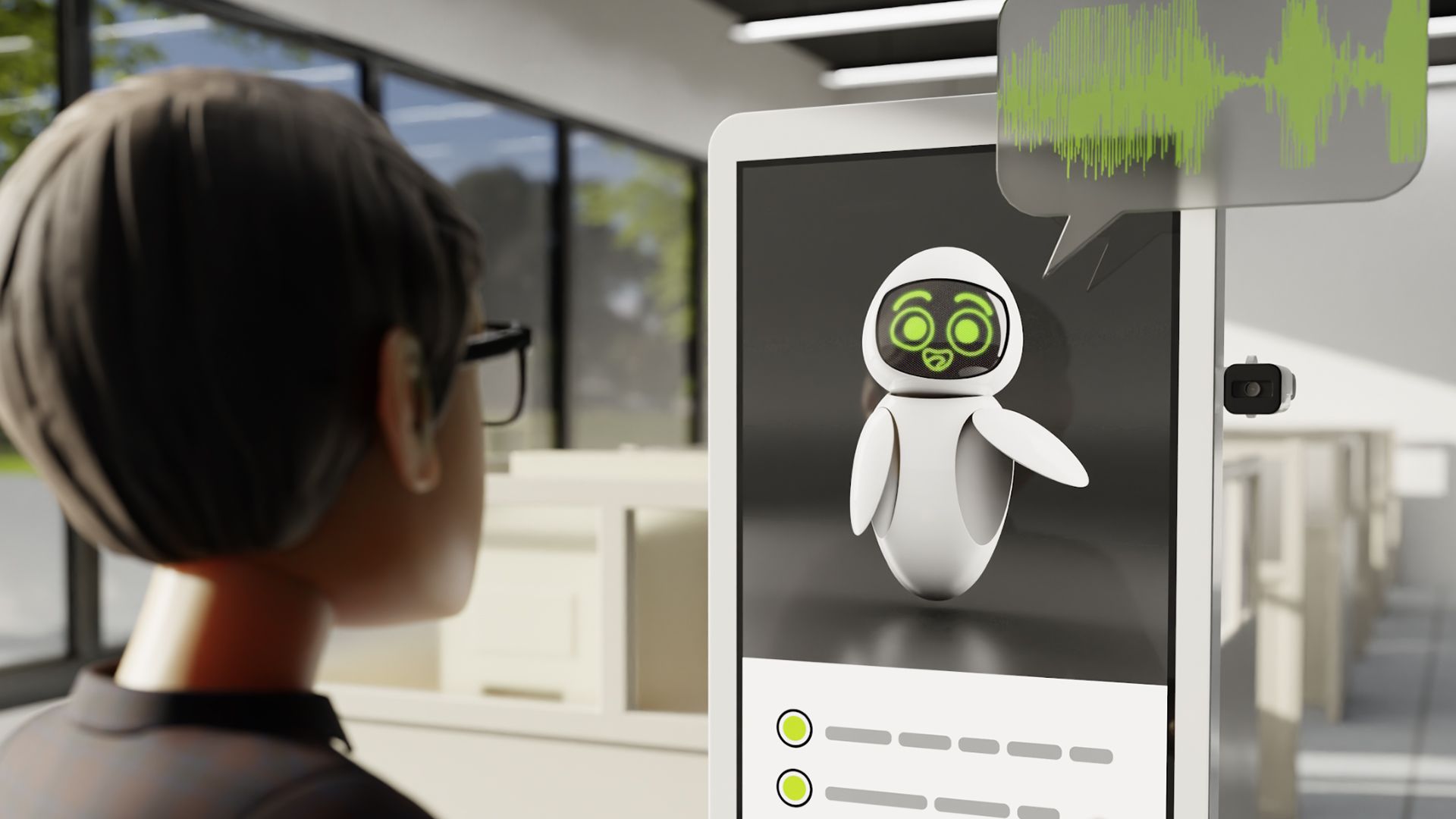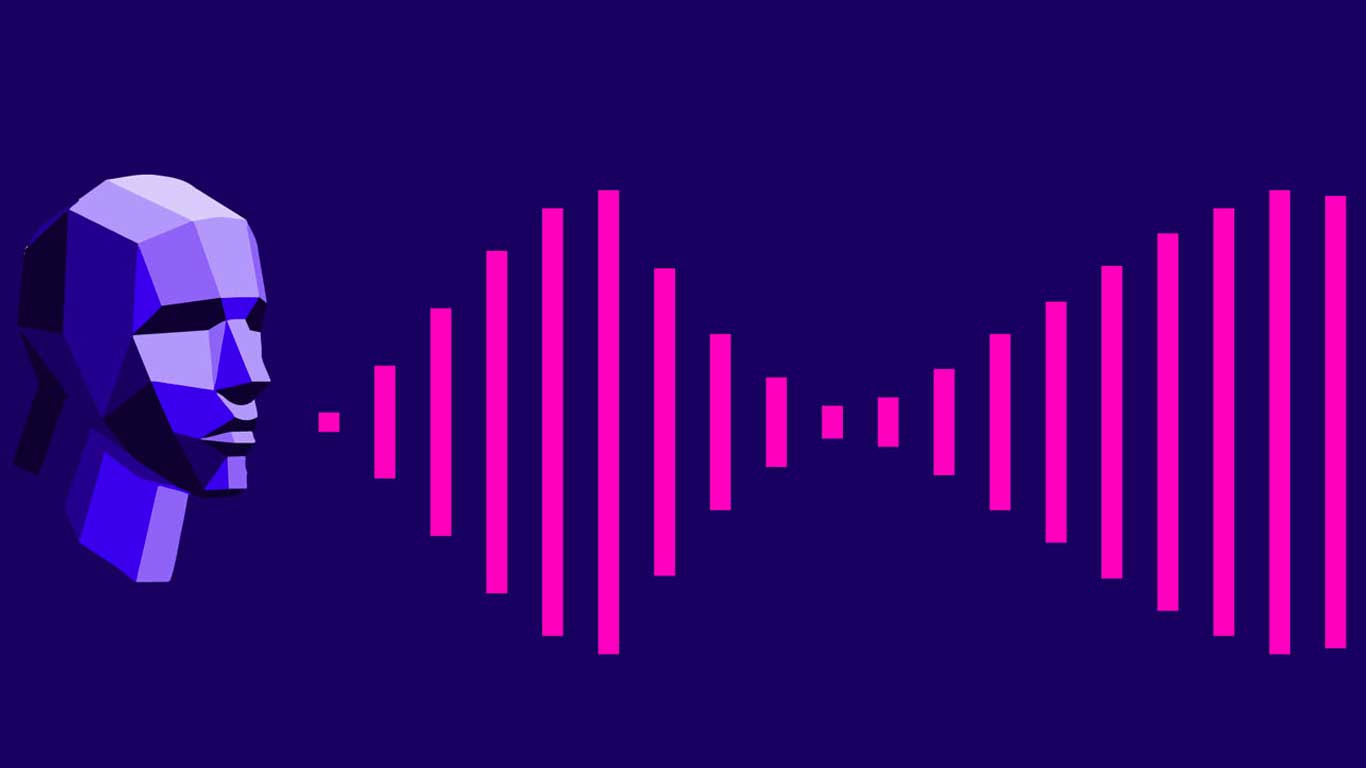TTS Technologies of 2023-24: Defining Excellence in Voice Synthesis

TTS Technologies of 2023-24: Defining Excellence in Voice Synthesis
The pivotal years of 2023 and 2024 in the realm of Text-to-Speech (TTS) technology marked a seminal milestone in the voice synthesis landscape. As Artificial Intelligence (AI) continued to innovate at breakneck speed, TTS systems have not just improved but transformed, offering voices that are increasingly indistinguishable from human speech. These years will be remembered for the AI-driven enhancements that saw TTS become more natural, expressive, and adaptable across languages and accents, redefining excellence for tools that convert written text to audible speech. This progress was instrumental in broadening the horizon for the TTS market, inviting new user demographics and setting a higher benchmark for quality and customization in voice technology.
The development and prominence of these technologies reflect the ingenuity invested in AI, with deep learning and neural networks at the core of their innovation. As TTS systems became more accessible and user-friendly, their integration in diverse fields from e-learning to customer service opened up possibilities for enhanced interaction and accessibility. The convergence of TTS with popular use, such as reading aids and entertainment, underscored a significant leap in creating an inclusive digital environment where technology speaks in a language everyone understands.
| Topics | Discussions |
|---|---|
| TTS Tech Overview | Insights into the foundational technologies and methodologies that are elevating TTS software in the current year. |
| Best 10 Text-to-Speech Software of 2023-24 | Analysis and comparison of the top TTS software offerings, highlighting their distinguishing features and capabilities. |
| Innovations in TTS | A closer look at the recent technological breakthroughs in AI and machine learning that are transforming TTS tech. |
| Programming Tutorials for TTS | Guides and examples for developers on how to integrate and harness AI-powered TTS in software and applications. |
| Interactive TTS Platforms | Exploration of TTS platforms' engagement and interaction features that enhance user experience and accessibility. |
| Common Questions Re: TTS | Answers to Frequently Asked Questions about AI's influence on TTS tech, standout voice generators, and free AI voice solutions. |
TTS Tech Overview
As we delve into the nuances of Text-to-Speech (TTS) technologies of 2023-24, let's equip ourselves with the essential vocabulary that forms the backbone of discussions in this field. A command over these terms is critical for professionals navigating the rapidly evolving landscape of voice synthesis. This glossary will elucidate the terminologies, both fundamental and advanced, that constitute the TTS tech sphere, providing clarity and enhancing comprehension of the intricate technologies that bring written words to audible life.
TTS (Text-to-Speech): The technology that converts text into spoken words, allowing computers or devices to read text aloud.
AI (Artificial Intelligence): The simulation of human intelligence in machines, programmed to mimic human thinking and learning.
Deep Learning: A subset of AI, inspired by the structure of the human brain, that uses neural networks to learn from data in a way that is far more proficient than traditional machine learning algorithms.
Machine Learning: AI systems that use statistical methods to enable machines to improve with experience.
Neural Networks: A series of algorithms that aim to recognize underlying relationships in data through a process that mimics the way the human brain operates.
Speech Synthesis: The artificial production of human speech by computers or other devices.
Natural Language Processing (NLP): An area of AI that deals with the interaction between computers and humans through natural language, enabling computers to understand and interpret human language.:
Voice Quality: Refers to the attributes of speech output such as tone, pitch, and clarity.
API (Application Programming Interface): A set of routines and protocols that allows two software applications to communicate with each other.
Customization: The ability to alter software to meet specific user needs or preferences, often seen in TTS technology to change voices, accents, or speaking styles.

Best 10 Text to Speech Software of 2023-24
The comprehensive overview provided in the article "Best 10 Text to Speech Software of 2023-24" examines the most impactful TTS software as of the publishing date, October 3rd, 2023. These applications showcase innovation not just by improving voice quality but by achieving naturalness that significantly narrows the gap between synthesized and human speech. The TTS software solutions highlighted are likely to offer multifaceted language support, facilitating communication across global user bases and arrayed pricing models that provide cost-effective solutions for various needs.
Ease of use is another critical feature that's likely been addressed in this article, making TTS technology more accessible to non-technical users, which broadens its application in sectors such as education and entertainment. The 14-minute read suggests a thorough exploration of usability and integration capabilities, indicating the TTS tools provide transformative experiences for both individuals and businesses. This is underscored by the interactive nature of the publishing platform, which seeks to engage its users actively and is evidenced by its cookie consent mechanism, prioritizing user experience and privacy.
The anonymous online platform indicates a wide-ranging approach to providing resources, tutorials, and detailed pricing, making this article a crucial index for those interested in the evolving field of TTS. While the specific authors or contributors are not mentioned, the attention to detailed evaluation suggests specialized knowledge and authority on the subject matter, potentially indicating a collaborative effort by experts in speech synthesis and AI technologies.
Innovations in TTS
The Text-to-Speech (TTS) industry has seen a rapid infusion of innovations that have elevated the user experience and widened the technology's potential applications. The advancements in 2023 and 2024 have primarily focused on integrating more nuanced AI-generated speech that can convey emotions and adapt to various linguistic nuances. This progress is a result of breakthroughs in deep learning architectures which enable systems to better understand the subtleties of human speech and reproduce them more naturally.
Moreover, TTS now harnesses improved machine learning (ML) models that allow for dynamic voice generation across languages, significantly enhancing global communication. These AI-driven TTS solutions have become increasingly sophisticated, developing voices that can switch between dialects and accents, thus ensuring that speech output meets the diverse needs of users across the world. This has proved invaluable in contexts ranging from multinational business operations to creating more inclusive educational resources.
The culmination of these advancements is not limited to voice quality alone; it extends to how these TTS technologies are integrated into various applications. From embedded systems in vehicles offering real-time driving instructions to assistive devices providing support for individuals with reading difficulties, the scope of TTS has broadened exponentially, cementing its role as an indispensable technology in our digital world.
Programming Tutorials for TTS Integration
Integrating TTS APIs into Software Projects
Integrating TTS APIs into software projects enables developers to provide auditory feedback or enable voice-driven operations within their applications. For instance, when using Google's Text-to-Speech API in a Python project, one would typically import the necessary libraries, initialize the client, construct the voice configuration, and execute a request to synthesize speech from text:
import requests
response = requests.post(
'https://api.v6.unrealspeech.com/stream',
headers = {
'Authorization' : 'Bearer YOUR_API_KEY'
},
json = {
'Text': '''<YOUR_TEXT>''', # Up to 1,000 characters
'VoiceId': '<VOICE_ID>', # Scarlett, Dan, Liv, Will, Amy
'Bitrate': '192k', # 320k, 256k, 192k, ...
'Speed': '0', # -1.0 to 1.0
'Pitch': '1', # 0.5 to 1.5
'Codec': 'libmp3lame', # libmp3lame or pcm_mulaw
}
)
with open('audio.mp3', 'wb') as f:
f.write(response.content)This code snippet demonstrates how to make a simple API call to Google's TTS service and save the generated audio content to a file. Remember to authenticate using your Google Cloud credentials before attempting the API request.
Advanced Customization of TTS Voices
For applications that require a greater degree of personalization in TTS voices, advanced customization may involve modifying aspects like pitch, speaking rate, and volume. Using the AWS Polly TTS service as an example, the SDK allows selecting different voice IDs and altering the spoken output:
import boto3polly = boto3.client('polly')voice_params = {"OutputFormat": "mp3", "VoiceId": "Joanna", "Text": "Your text here", "SampleRate": "22050", "TextType": "text"}response = polly.synthesize_speech(**voice_params)if "AudioStream" in response:with open("output.mp3", "wb") as audio_file:audio_file.write(response["AudioStream"].read())
This example with AWS Polly shows how developers can achieve a high level of control over the TTS output, tailor-making the auditory experience according to the end user's preferences or application requirements.
Interactive TTS Platforms
Unreal Speech emerges as a transformative tool in the text-to-speech (TTS) technology landscape with its API that offers a major cost advantage, reducing TTS expenses by up to 90%. For academic researchers in linguistics and AI, this cost reduction provides the opportunity to allocate funds to other segments of their research, exploring more complex queries and conducting extensive experiments without prohibitive costs. The API's capability to process large volumes of text at high speeds and its promise of 99.9% uptime enable consistent and reliable research activities.
Software engineers can integrate Unreal Speech's API into a variety of applications, from educational tools to interactive gaming experiences, benefiting from a scalable solution that accommodates high volumes of text and offers quick response times. Game developers are provided with the tools to create realistic and dynamic voiceovers and dialogues, contributing to detailed world-building and enhanced player immersion.
Educators looking to diversify their teaching mediums can use Unreal Speech to generate audio content from text, making learning more accessible, especially for students who prefer auditory learning or face reading challenges. With volume discounts, educational institutes can deploy this technology at scale, ensuring all their digital content is accessible to a wider audience. The ability to create studio-quality voiceovers also aids in producing high-quality educational videos and podcasts.
Common Questions Re: TTS
How Do AI Tools Drive Text-to-Speech Quality?
AI tools enhance text-to-speech quality by implementing machine learning models, such as neural networks, that are trained to understand and reproduce the nuances of human speech including intonation, rhythm, and context.
Which Free AI Voice Generators Excel in Performance?
Free AI voice generators that excel in performance offer a balance of lifelike speech quality, ease of use, and a variety of customizable voice options. They are often built on robust machine learning frameworks.
What Makes an AI Voice Generator Stand Out?
An AI voice generator stands out due to its ability to provide highly realistic and natural-sounding speech, wide language support, and the flexibility to adjust various speech parameters to meet users’ needs.